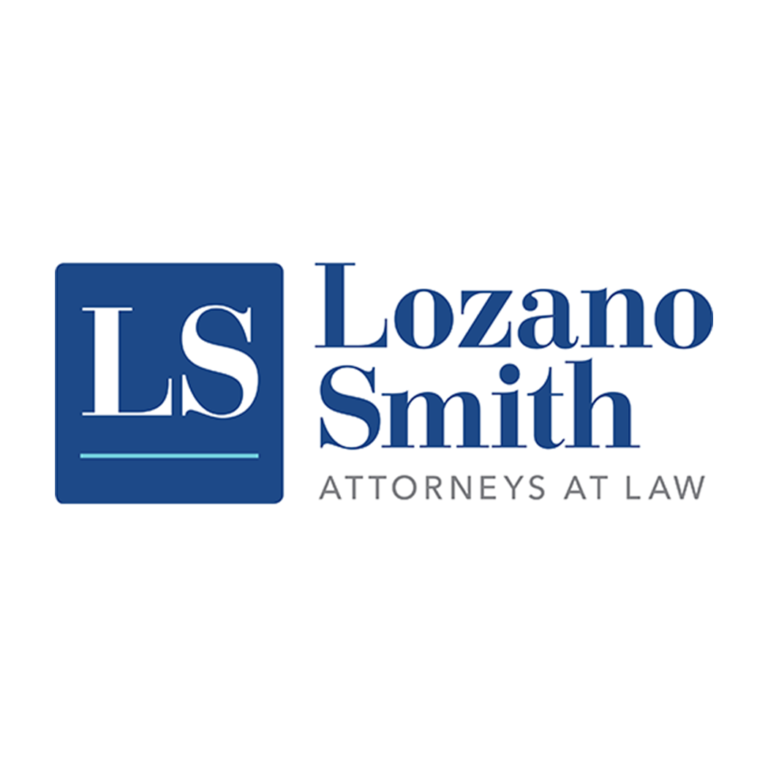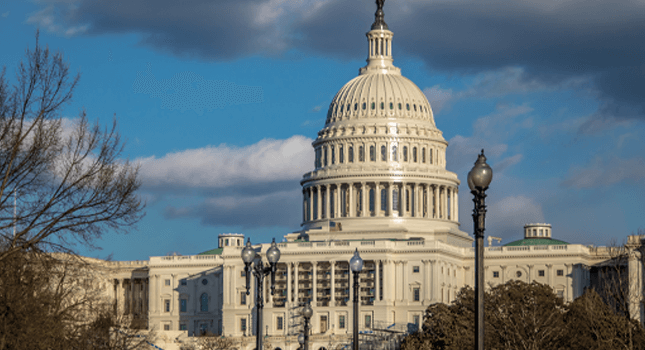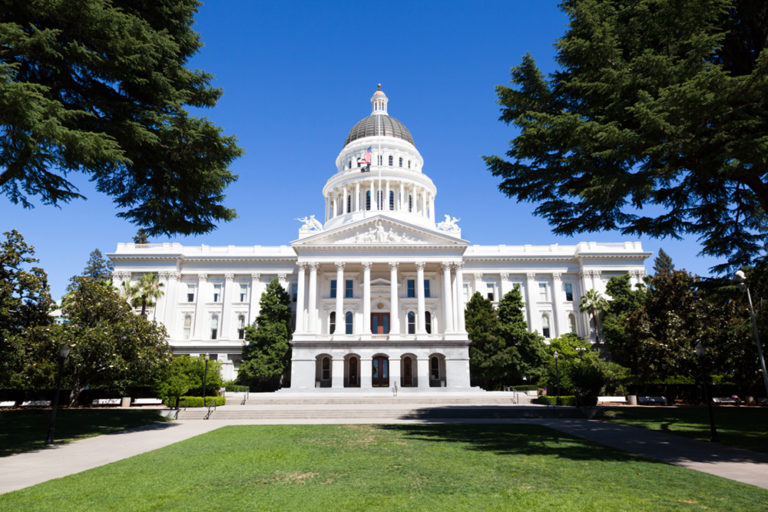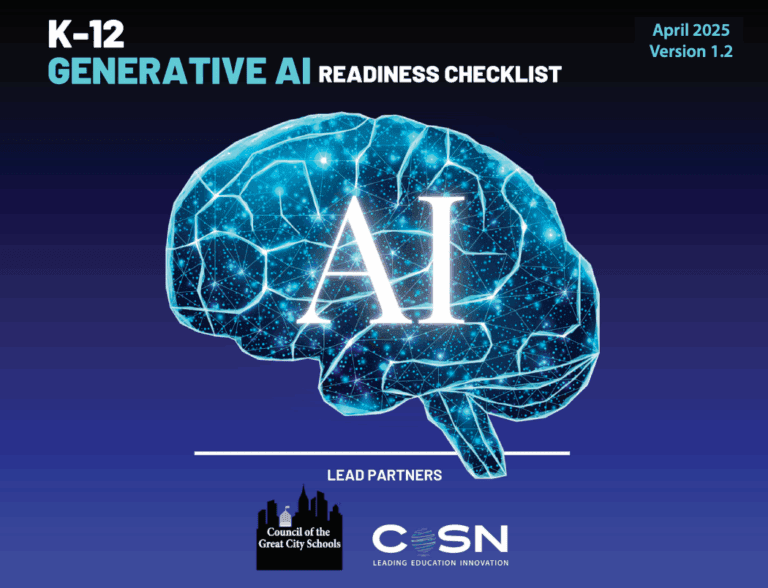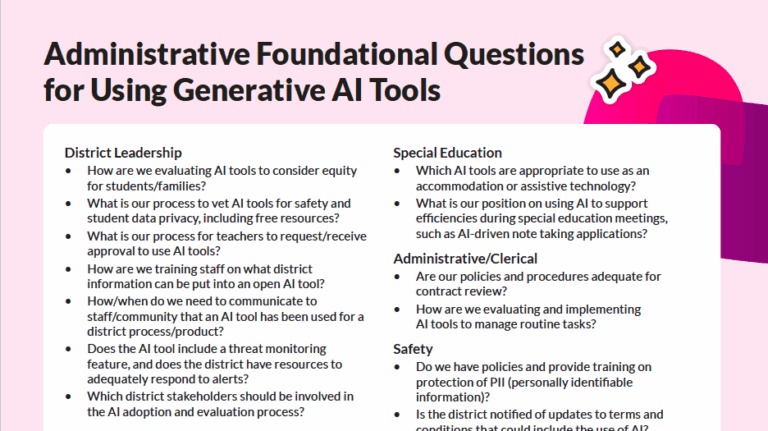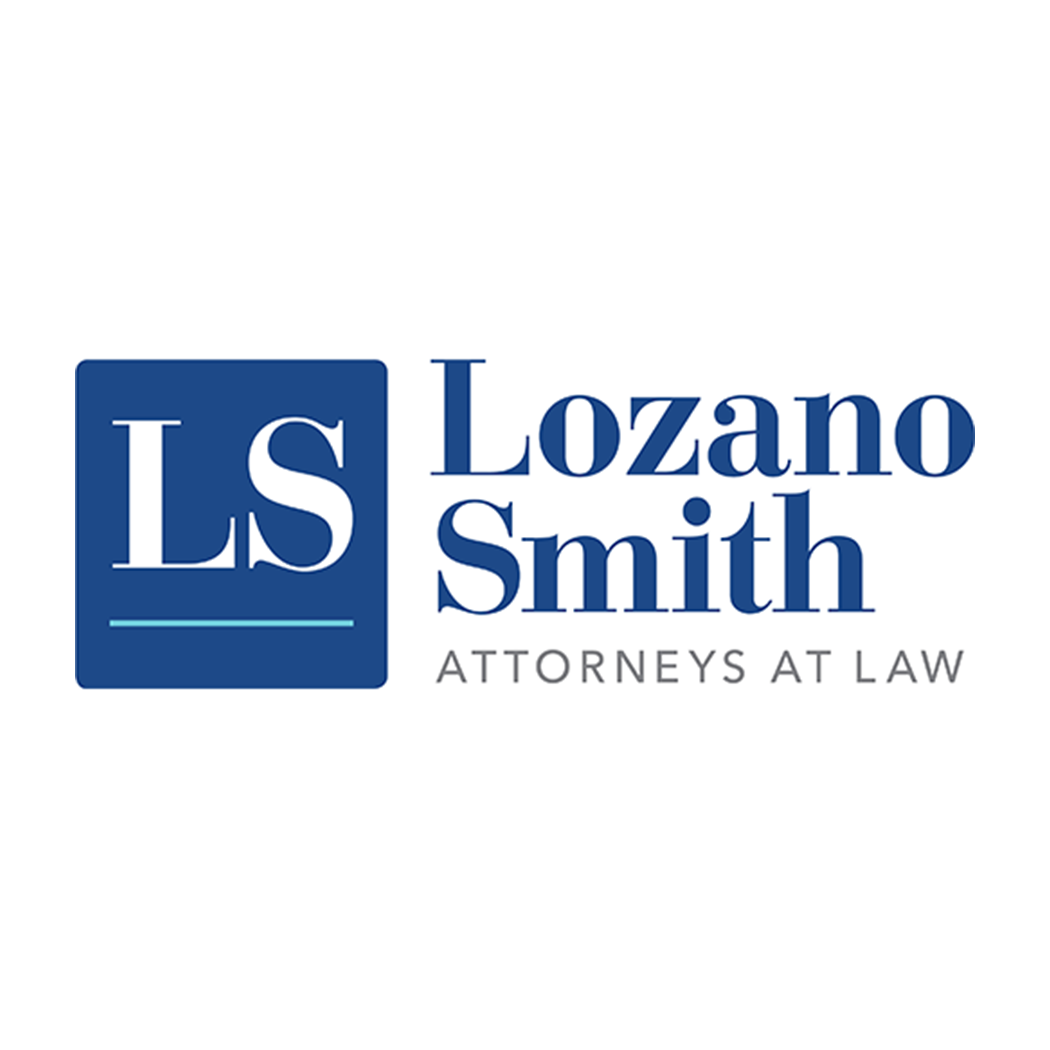This resource is provided by ACSA Partner4Purpose Lozano Smith.
On June 27, 2025, Assembly Bill (AB) 121 went into effect, amending Government Code section 66007. The same statute was amended earlier this year by Senate Bill (SB) 937, requiring collection of developer fees at the final inspection stage of development (i.e., at the time a certificate occupancy is issued) for certain residential development projects. Among other exceptions and nuances, SB 937 allowed collection of impact fees for school facilities at the earlier permit stage, but only if the school district has adopted a five-year facilities master plan pursuant to an outdated procedure under a State program that is no longer being utilized. AB 121 clarifies this exception by instead tying the facilities master plan requirement to the State’s current School Facility Program.
Background
The Mitigation Fee Act permits a local agency, including a school district, to charge fees “as a condition of approval of a development project” to address the impact of new development on the agency. The Mitigation Fee Act generally requires public agencies to wait to collect those fees until the date of the final inspection or the issuance of the certificate of occupancy. However, the Education Code allows earlier collection of school impact fees; in fact, cities and counties are prohibited from issuing a building permit without certification that school impact fees have been paid. As such, school districts have traditionally collected fees at the building permit stage, rather than the final inspection stage of development.
Senate Bill 937
SB 937 delayed the collection of most developer fees for “designated residential development projects” until the issuance of a certificate of occupancy, with some exceptions, but its application to school districts was not entirely clear. (See Lozano Smith’s 2025 Client News Brief Number 5 for more information about SB 937.) Among other inconsistencies, SB 937 created an exception to the delayed collection of fees for construction and rehabilitation of school facilities only if a school district had adopted a specific five-year plan required by an obsolete funding program.
Attempted Legislative Fix
Effective June 27, 2025, AB 121 updated the exception created by SB 937 for construction and rehabilitation of school facilities to instead reference the five-year facilities master plan required pursuant to Education Code section 17070.54, which is a prerequisite for participation in the School Facility Program. This prerequisite was introduced as a part of last year’s Statewide school facilities bond measure. The Office of Public School Construction (OPSC) is currently preparing regulations for these new five-year plans and aims to have them ready soon.
In the interim, the requirements for the five-year facilities master plan that qualify districts for this exception remain unclear. However, once OPSC has finalized the five-year plan regulations, districts that participate in the School Facility Program will be able to collect school impact fees at the building permit stage simply by having their required five-year plan in place. AB 121 further provides that if a district does not intend to participate in the School Facility Program, it may continue collect fees as a condition of the issuance of a building permit if it has any five-year facilities master plan, even if that plan does not otherwise meet the requirements of the plan required for the School Facility Program.
If you have any questions about AB 121, SB 937, what constitutes a sufficient facilities master plan, whether a specific project qualifies as a “designated residential development project” under SB 937, or developer fees in general, please contact an attorney at one of our eight offices located statewide.



